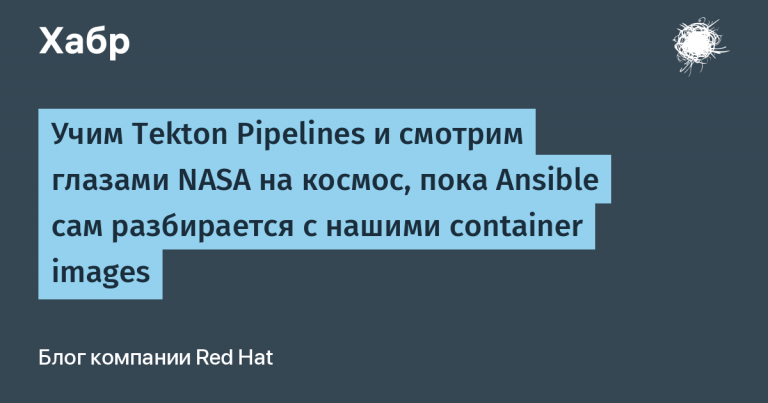How nanotags are created and why they are needed

Chemists at St. Petersburg State University have created nanomarkers that can be used to apply invisible marks to goods and various metal objects. This development will help protect valuable products from illegal copying and prevent the emergence of counterfeit goods on the metals market. The nanotags were developed under the leadership of St. Petersburg State University postdoc Daria Mamonova as part of a grant from the Russian Science Foundation. Alina Manshina, one of the authors of the development, Doctor of Chemical Sciences, Professor of St. Petersburg State University (Department of Laser Chemistry and Laser Materials Science), spoke about how nanomarkers work.

Alina Manshina
Doctor of Chemical Sciences, Professor of St. Petersburg State University (Department of Laser Chemistry and Laser Materials Science)
There are two types of tags. Firstly, these are visible signs, such as barcodes, QR codes, drawings and complex graphic forms, such as holograms, which are applied to the surfaces of objects. Secondly, there are many hidden systems that cannot be seen with the naked eye and that are located on goods and documents in places inaccessible to outsiders. Hidden security signs are more reliable than visible ones, since they are more difficult to fake. Currently, invisible marks created on the basis of nano-sized objects (nanomarkers) are especially popular; their detection and creation requires a high level of technology, which is not always available to attackers.
Nanotags today find application in various industries, such as metal products and objects in a metal case, jewelry, metallurgical, metalworking and engineering industries. The main goal of our development is to prevent the emergence of counterfeit goods on the metal products market. Every year a huge number of counterfeit goods are discovered on the market. According to the Federal Customs Service of Russia, almost 5 million units of counterfeit products were discovered at customs borders between January and September 2021. During the same period in 2022, customs officers recorded more than 7 million units of counterfeit products, and from January to September 2023 – about 3 million units.
There are more variants of nanomarks than there are stars in the Universe
The protective nanomarkers we have developed are nanoparticles invisible to the eye with luminescent properties. To create nanoparticles, we use available and inexpensive materials: oxide nanocrystals and rare earth ions. Marking of products occurs through laser engraving, which requires standard equipment widely available on the Russian market. To create a mark, the metal is coated with a layer of powder or paste made of nanoparticles, onto which a laser beam is directed. The laser melts the surface and then quickly cools, trapping nanocrystals that are imprinted into the metal structure. For this reason, the protective mark cannot be removed from the object unnoticed.
The special composition and structure of the tags also make it possible to encrypt information in them, such as product category, composition and place of production. You can scan such a tag to obtain information about the product and confirm its authenticity using a special spectral device.
Tags can also encode characteristics that unite several products. For example, if employees of a pharmaceutical company want to indicate on drugs which pharmacological group they belong to, they can assign a required rare earth ion to each drug category and include it only in the labels for the corresponding drugs. For example, the security marks for all antibiotics will use an erbium ion, while the marks for analgesics will use a neodymium ion. In this case, the other two ions will be able to encode additional information, such as the form of the drug and its name. This functionality is not available in many other types of markings.
Also, one nanoparticle can serve as marking for several products simultaneously. It glows differently depending on which of the ions in the crystal lattice is brought into an excited state by the “scanner”. Accordingly, unique luminescent signals from the same particle can be assigned to different products. This simplifies and reduces the cost of producing nanotags. In total, based on the protective nanomarkers we have developed, it is possible to create about 1025 variants of spectral codes (even more than visible stars in the Universe, the number of which is estimated at 1022). This makes it possible to use nanoparticles in an unlimited number of industries, including enterprises with a wide range of products.
Potentially, nanomarkers can also be used to mark banknotes, securities, glass and plastic goods, and objects in packaging made from these materials, for example, medicines in blisters. This will require additional research to adapt the method of applying nanoparticles to such objects.
Colored, luminous and invisible marks
Most often, semiconductor quantum and polymer dots are used as nanomarkers. Due to their nanosize, they have unique optical properties. The wavelength and, accordingly, the color of their luminescence depend on the chemical composition and size of the dots themselves. This means that by synthesizing dots with different chemical and dimensional characteristics, it is possible to obtain either colored marks, or ones that, upon optical excitation, for example, under the influence of a laser, glow in a certain invisible spectral range – infrared or ultraviolet. From these nano-objects, unique marking images are formed on products in need of protection.
Invisible nanoparticle tags created through a random physical process are also common. A striking example of such a phenomenon in everyday life is the fall of a glass glass. When it collides with the floor, it breaks into an arbitrary number of fragments of different shapes and sizes. At the same time, it will never be possible to repeat the result of the fall: the next glasses will fly apart into a different number of parts, which will also take on a different appearance. Such irreproducibility and unpredictability of the result, as well as the inability to control it, is a feature of a random process. Humanity came up with the idea of using this feature as a principle for creating markings. As part of this approach, for example, a jet of nanoparticles is directed at an object, which are randomly distributed over the surface and thereby form a unique protective mark. It is impossible to repeat the mark, and therefore attackers cannot counterfeit goods with similar markings.
However, both security signs made from polymer and quantum dots and randomly formed tags have limitations. Thus, the former do not always consistently exhibit luminescent properties. Nanomarkers made from polymers are highly dependent on the environment and, under changing conditions, can glow at a different wavelength. Individual quantum dots on the surface of objects can transform into a single structure – a solid phase, as a result of which they cease to be nanoparticles and, as a result, their glow is disrupted.
In turn, it is difficult to encrypt additional information, for example, product data, into tags created according to the principle of a random process. The approach assumes that each time we get a drawing that cannot be reproduced. Therefore, it is impossible to indicate the same series on goods of the same category, which must be encrypted with identical elements in the security label.
Three-level protection of nanomarkers
The nanomarkers we have developed have several levels of protection. First, they are invisible to the naked eye, making it difficult for counterfeiters to determine their location. Secondly, each security mark has a unique composition and emission spectrum, which cannot be repeated without having a complete set of data on the structure and content of the nanoparticle. Thirdly, the security mark cannot be discreetly removed from the product, since it is laser sealed into the metal.
In addition, nanomarking is resistant to chemical and thermal influences, which allows its use on various objects operating in extreme conditions. This marking can withstand temperatures up to 2000°C. Other markings, such as those based on polymers and quantum dots, do not have these characteristics.





